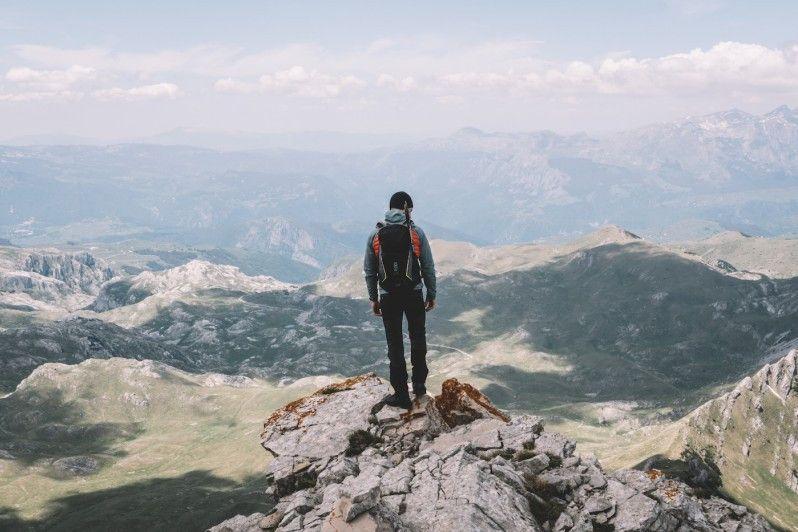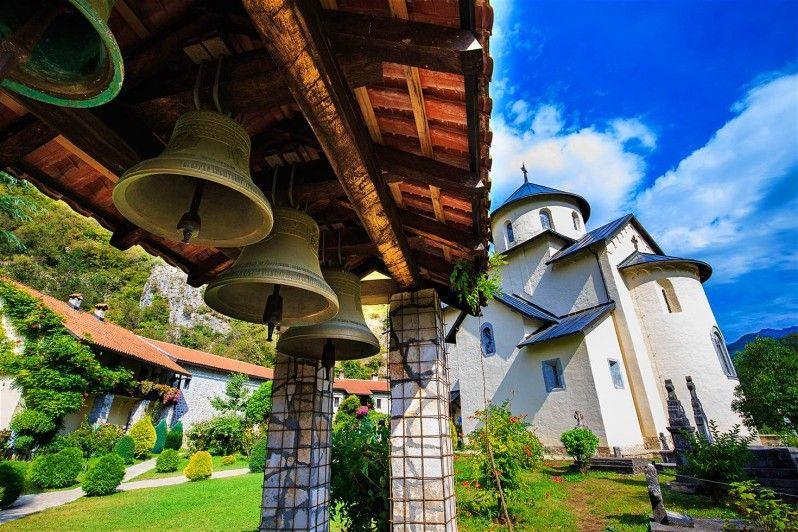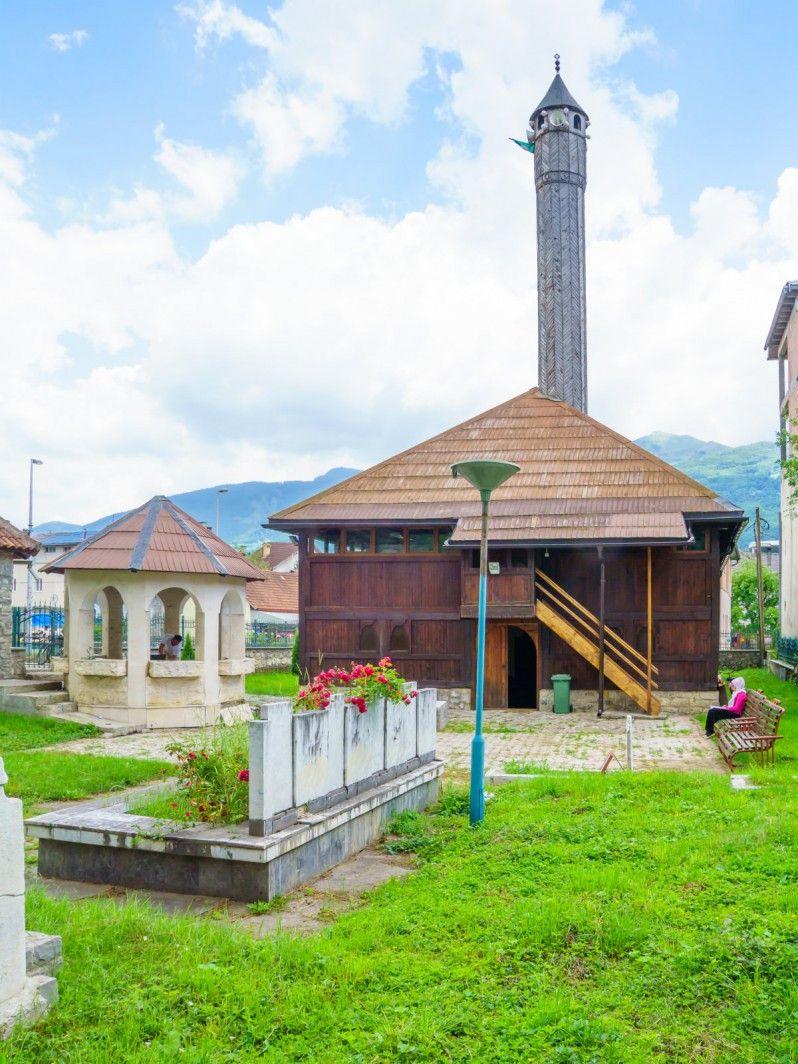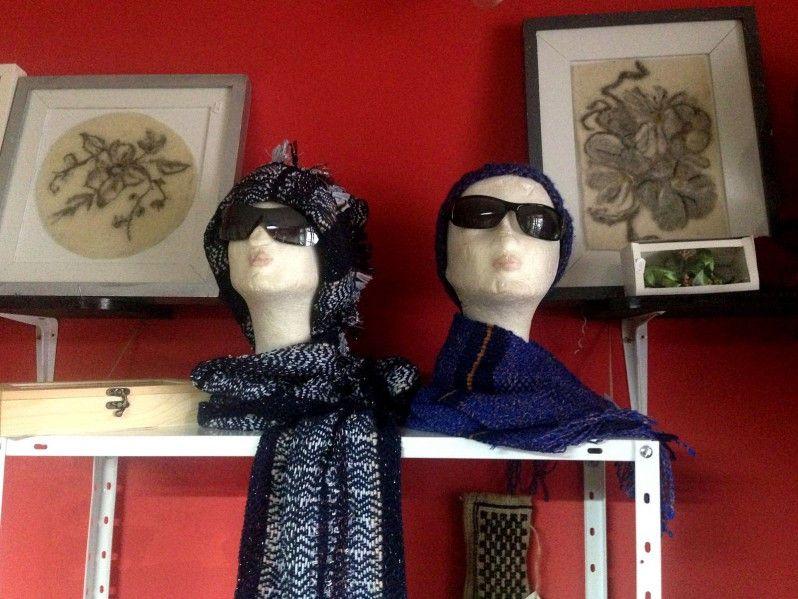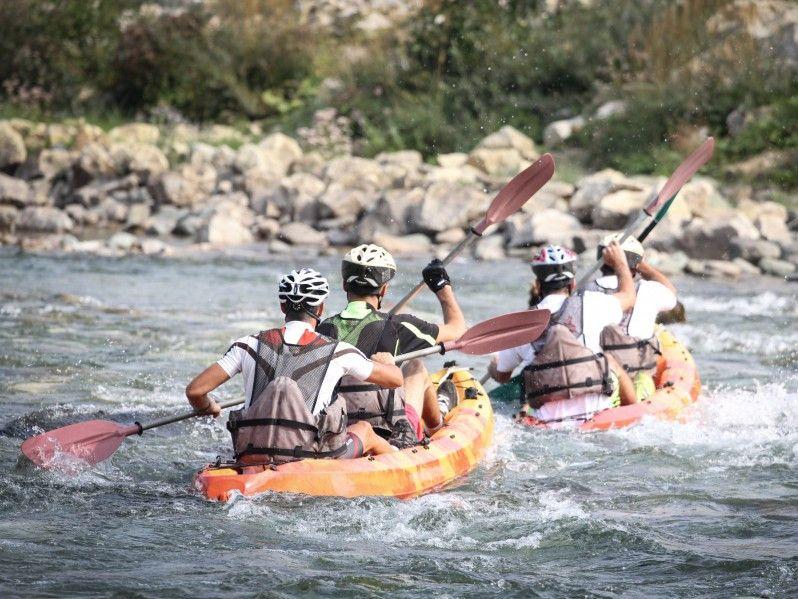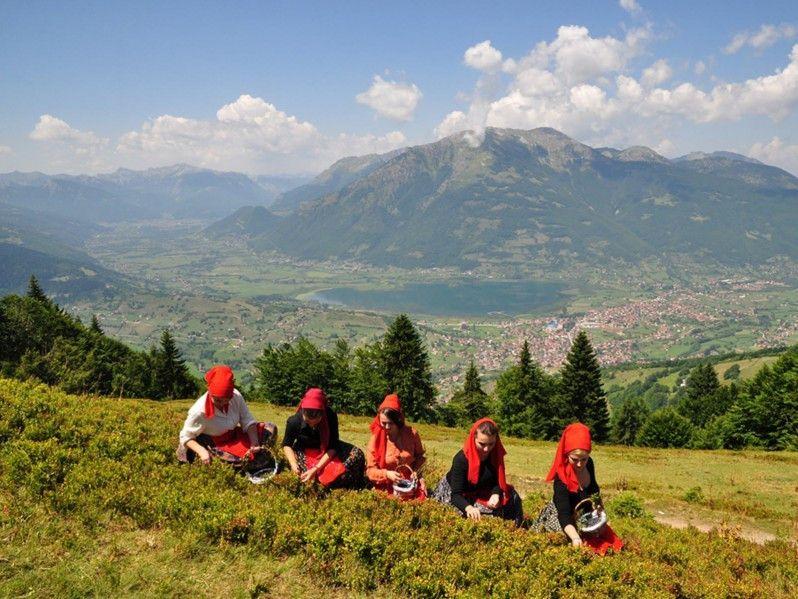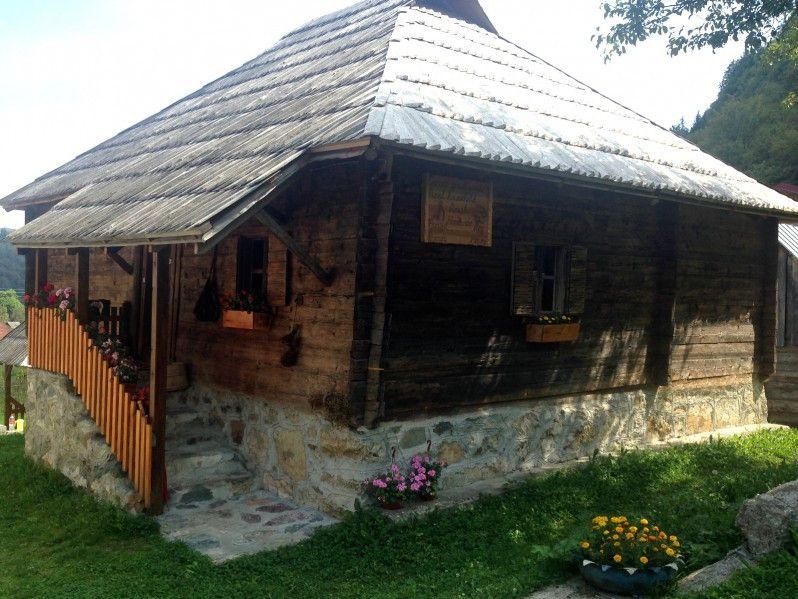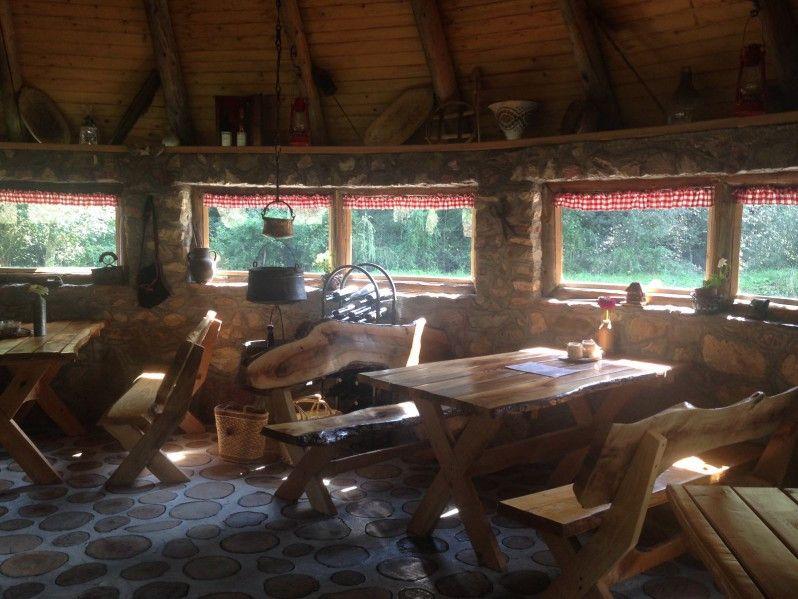Northern Montenegro invites you to countless adventures in its highlands. Its grand settings, which include the National Parks of Durmitor, Biogradska Gora and Prokletije, are dream destinations for those who enjoy mountain hiking, cycling, canoeing and rafting. For those who prefer to relax, this wild region is also worth exploring for its cultural and historical heritage, its hospitality, the products of nature and the hospitality of the people.
Montenegro's mountain landscape ©Jelle Canipel/500px
Morača Monastery is one of Montenegro's beauties © Goncharovaia / Shutterstock
Cultural routes
The heart of the northern mountains - the region of Bjelasica, Komovi and Prokletije - attracts fewer visitors than the rest of the country. An official cultural route (northernexposure.me), however, smoothly links the main centres, providing a complete picture of places rarely included in tourist brochures.
Only 25 km from the ski resort of Kolašin (the perfect base for exploring the Biogradska National Park and the Bjelasica mountains), the mid-13th century Morača Monastery is one of the country's main cultural attractions. It rises above the impressive gorge formed by the Morača River and is a peaceful place to rest after driving through the canyon. There you will find beekeeping monks and allegorical frescoes painted centuries ago by Orthodox masters. There is also something for bibliophiles: the monastery treasury holds a rare copy of the Oktoih (1493), the first Cyrillic book printed in the South Slavic language.
At the gateway to the Biogradska Gora and Durmitor National Parks - criss-crossed by recommended mountain biking and hiking trails - the town of Mojkovac was the scene of the famous and bloody World War I battle that saw Montenegrin troops defeat Austro-Hungarian troops. Not far from the battlefield, where traces of the trenches can still be found, is the Memorial dedicated to the Heroes of the Battle of Mojkovac, the town's landmark.
The glories of war in the past are a source of considerable pride in these parts - you will easily realise this if you have a chance to talk to the locals about the code of conduct known as čojstvo i junaštvo (humanity and courage).
Close to the Prokletije National Park, the small towns of Plav and Gusinje are characterised by a bucolic ambience and echoes of the Ottoman era. The former lies on the shores of Lake Plav, while the latter is located near the karstic springs of Ali Pasha, in the foothills of the Maledette Mountains. Interesting mosques from different eras can be found in both towns.
In Plav, don't miss the intricate arabesque of the Emperor's Mosque and the domes of the Sultan's Mosque; in Gusinje, admire the Vizier Mosque, with its elegant wooden minaret and arcade. A unique example of Ottoman architecture in the region - as well as testimony to its turbulent history - is the kula, a tower that served to protect the inhabitants during sieges. Very impressive and evocative of those bygone days is the 17th century kula at Redžepagića, with two stone floors and a third wooden floor decorated with balconies and rich carvings.
There is no better souvenir of a trip to the mountains of Montenegro than a handmade product made from local wool, and Bijelo Polje is the right place to look among the goods on sale at Niti (Nedeljka Merdovića bb). High-quality items made from sheep's wool, in typical bright colours, range from scarves to socks - so you can literally dress yourself from head to toe.
You can also choose a carpet, a curtain or a framed picture (made of wool using a special technique called suvo pustovanje) to decorate your home. They are made by a women's cooperative that aims to preserve traditional techniques such as weaving, knitting and embroidery. These artefacts are so beautiful that they caught the eye of the Prince of Wales and the Duchess of Cornwall during their visit to Montenegro in 2016.
The wooden porch and minaret of Vizier's Mosque in Gusinje © RnDmS / Shutterstock
At the gateway to the Biogradska Gora and Durmitor National Parks - criss-crossed by recommended mountain biking and hiking trails - the town of Mojkovac was the scene of the famous and bloody World War I battle that saw Montenegrin troops defeat Austro-Hungarian troops. Not far from the battlefield, where traces of the trenches can still be found, is the Memorial dedicated to the Heroes of the Battle of Mojkovac, the town's landmark.
The war glories of the past are a source of considerable pride in these parts - you will easily realise this if you have the opportunity to talk to the locals about the code of conduct known as čojstvo i junaštvo (humanity and courage).
Close to the Prokletije National Park, the small towns of Plav and Gusinje are characterised by a bucolic ambience and echoes of the Ottoman era. The former lies on the shores of Lake Plav, while the latter is located near the karstic springs of Ali Pasha, in the foothills of the Maledette Mountains. Interesting mosques from different eras can be found in both towns.
In Plav, don't miss the intricate arabesque of the Emperor's Mosque and the domes of the Sultan's Mosque; in Gusinje, admire the Vizier Mosque, with its elegant wooden minaret and arcade. A unique example of Ottoman architecture in the region - as well as testimony to its turbulent history - is the kula, a tower that served to protect the inhabitants during sieges. Very impressive and evocative of those bygone days is the 17th-century Redžepagića kula, with two stone floors and a third wooden floor decorated with balconies and rich carvings.
Items for sale at Niti in Bijelo Polje © Brana Vladisavljevic / Lonely Planet
There is no better souvenir of a trip to the mountains of Montenegro than a handmade product made from local wool, and Bijelo Polje is the right place to look among the goods on sale at Niti (Nedeljka Merdovića bb). High-quality items made from sheep's wool, in typical bright colours, range from scarves to socks - so you can literally dress yourself from head to toe.
You can also choose a carpet, a curtain or a framed picture (made of wool using a special technique called suvo pustovanje) to decorate your home. They are made by a women's cooperative that aims to preserve traditional techniques such as weaving, knitting and embroidery. These artefacts are so beautiful that they caught the eye of the Prince of Wales and the Duchess of Cornwall during their visit to Montenegro in 2016.
Subscribe to our newsletter! For you weekly travel tips, special offers, stories from around the world and 30% discount on your first order.
The Mojkovac stage of the Northern Challenge © Photograph courtesy of Mojkovac Tourist Office
Calendar of festivals
Adrenaline-fuelled outdoor adventures, food festivals and village dances: the mountains of Montenegro know how to party.
The region's most representative event, which takes place in early September, has the very appropriate name of Challenge of the North (mojkovac.travel). This ever-popular adventure race starts in Mojkovac and takes place in three very scenic stages: 12 km of kayaking along the Tara River to Kaludra, 9 km of cross-country running from Kaludra to the Ružica Church on Sinjajevina Mountain, and 26 km of cycling through alpine pastures and beech forests back to Mojkovac. The event takes place following environmentally friendly principles inspired by the dictates of 'leaving no trace'.
The Lim Regatta (toplav.me; at the end of May or beginning of June) has been gathering rafting enthusiasts from all over the Balkans since 2000. It covers 134 kilometres, starting at Lake Plav and passing through Andrijevica, Berane and Bijelo Polje, until it reaches Prijepolje on the border with Serbia. This festive race lasts about 20 hours; its highlight is navigating the deep, green Lim River with its grade 4 rapids through the 400 metre high Tifran Gorge.
Blueberry days in the Plav region © Photograph courtesy of Edin Jadadic / Plav Tourist Office
For something completely different, the Summer Tango Camp (summertangocamp.com) in August brings tango, modern dance and yoga to the stage, mixing them with outdoor activities typical of the mountains in and around Kolašin. The Tamburaši Festival (tobijelopolje.me) enlivens Bijelo Polje for a few days in July, as local folklore groups perform violin, accordion and tambura (an instrument similar to the lute or mandolin), resulting in highly entertaining traditional performances.
Blueberries grow abundantly in the Prokletije region - reputed to be the world's largest natural plantation - and the Plav Blueberry Days at the end of July are all about these berries, sweets, wine and more. Similarly, in October, the Pljevlja Cheese Days are a mouth-watering opportunity to taste this white, soft and salty product (the first in Montenegro to be awarded the designation of origin) and other delicious dairy foods. Food and outdoor activities take centre stage at July festivals known as Mountain Flower Days, which celebrate the rich alpine flora of the Durmitor region.
The 100-year-old Kljajić mansion in Lubnice © Brana Vladisavljevic / Lonely Planet
Rural tourism
Agritourism in the mountains of northern Montenegro is a great opportunity to experience the lifestyle of the past, which survives in this part of the country. Staying in the countryside with Montenegrin families, you will taste the local cuisine based on freshly harvested, fresh and organic produce. Or, you can go straight to the source and try your hand at milking, fruit and mushroom picking, beekeeping or making rakija (a brandy-like spirit).
The centuries-old Kljajić house (northernexposure.me) in Lubnice near Berane offers you an immersion into authentic mountain village life. Furnished with rustic wooden furniture (the owner is a carpenter) and characteristic decorations, this house is a small ethnographic museum. The family has a long tradition of beekeeping and owns a hundred or so beehives: their organic honey with dried fruits and their medovača (a honey-based alcoholic beverage) should definitely be tried.
The Dubirog Perović restaurant © Brana Vladisavljevic / Lonely Planet
The nearby Tri Izvora (obradovicslavko.berane@gmail.com) is a delightful, almost hidden abode near three springs - you will wake up to birdsong and beautiful mountain views. You will be able to spend a comfortable stay there in the countryside without forgoing modern conveniences. It is surrounded by orchards of apples, pears, plums and currant bushes, which means there will be no shortage of delicious juices, jams and cakes, alongside other traditional dishes.
Born relatively recently, the Dubirog Perović restaurant (dubirogperovic@gmail.com) in Kralje village, near the Berane-Andrijevica road - with the nearby campsite and other tourist infrastructure - attracts locals and travellers with its fish specialities and very special atmosphere. Housed in a dubirog (a typical wooden hut), the restaurant has a pond in which trout are bred; of course, fresh pastrmka (trout) and riblja čorba (fish soup) are specialities on the menu.
Although mountainous northern Montenegro is not a wine-growing area, a short trip south to the delightful Lake Skada National Park will take you to the Vinarija Ukšanović winery (tomouksanovic@gmail.com), in the village of Boljevići near Virpazar. This small family business is located in the Crmnica wine region, where five indigenous grape varieties are cultivated. The Ukšanović winery produces a rosé, Lisičina, as well as Montenegro's most famous red, Vranac (both dry and rather sweet). In pure local style, the tasting begins with rakija - try the loza s pelinom ('grapes with a worm') - and ends with a selection of homemade fruit liqueurs.
Brana travelled to northern Montenegro with the help of Rams Travel (ramstravel.co.me) and the Regional Development Agency of Bjelasica, Komovi and Prokletije (bjelasica-komovi.me). Lonely Planet authors do not accept money or gifts in exchange for positive reviews.
Related articles
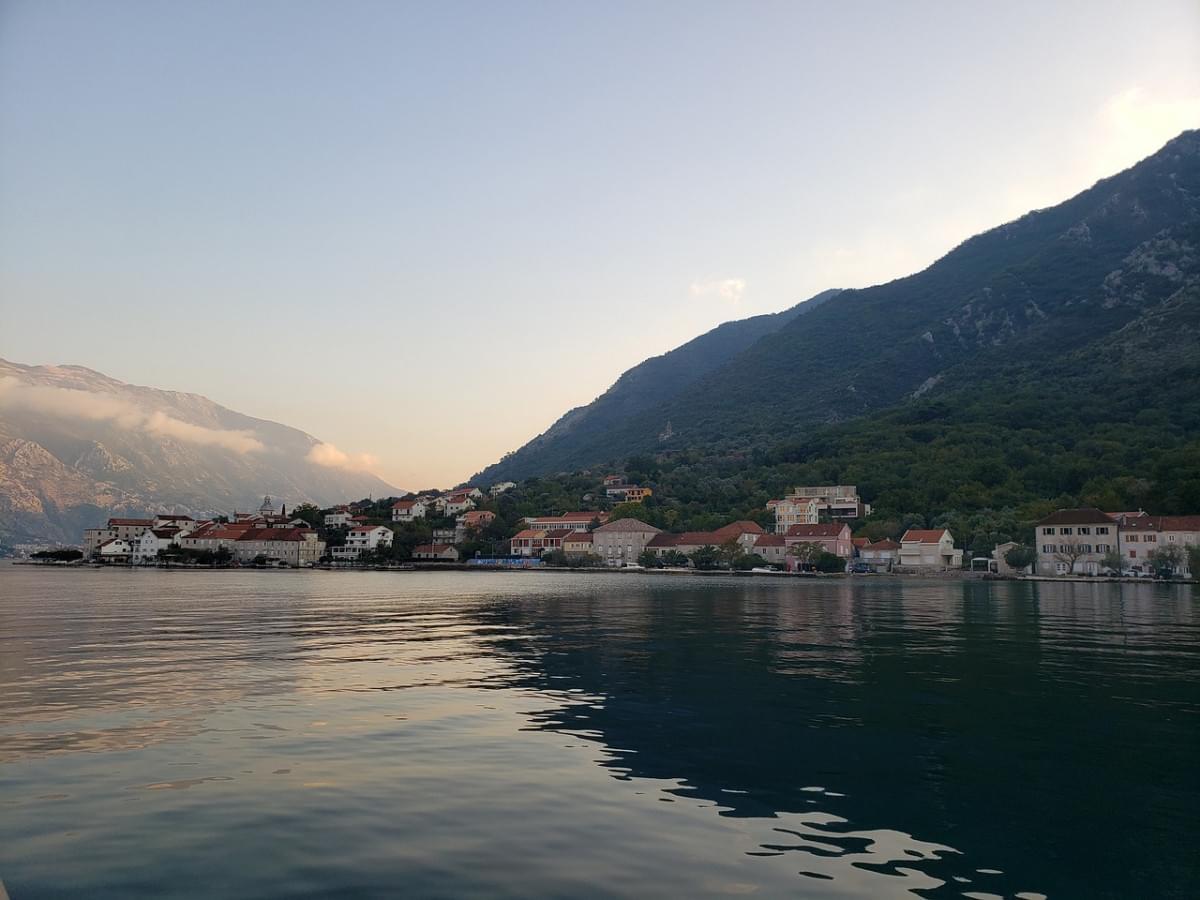
Kotor, Montenegro: what to see, where to eat and what to do in the evening
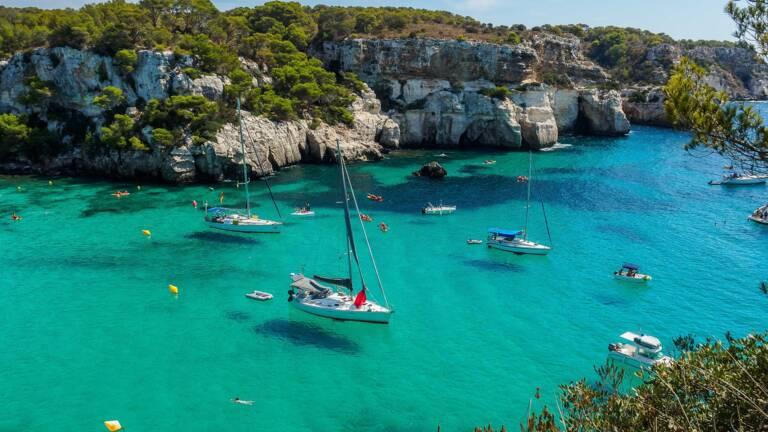
What are the most beautiful places in Montenegro?
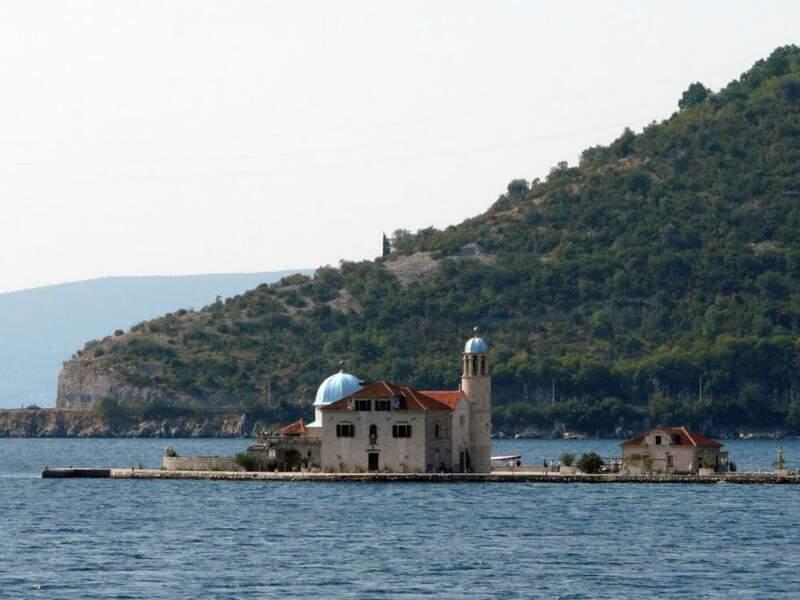
Discovering the Bay of Kotor, Montenegro
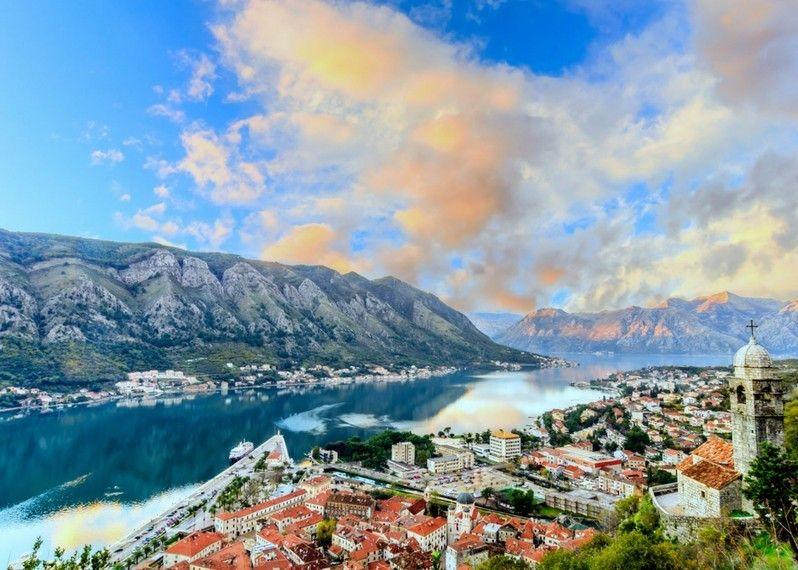
Adventure in Montenegro: the Bay of Kotor
Best time to visit Montenegro 2024 - Weather & 34 things to do
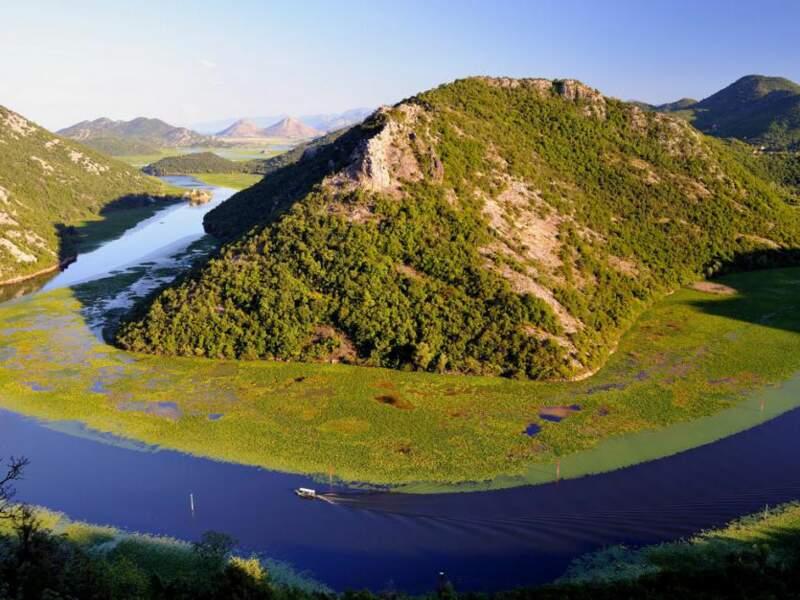
Stroll in Montenegro, on the shores of Lake Skadar
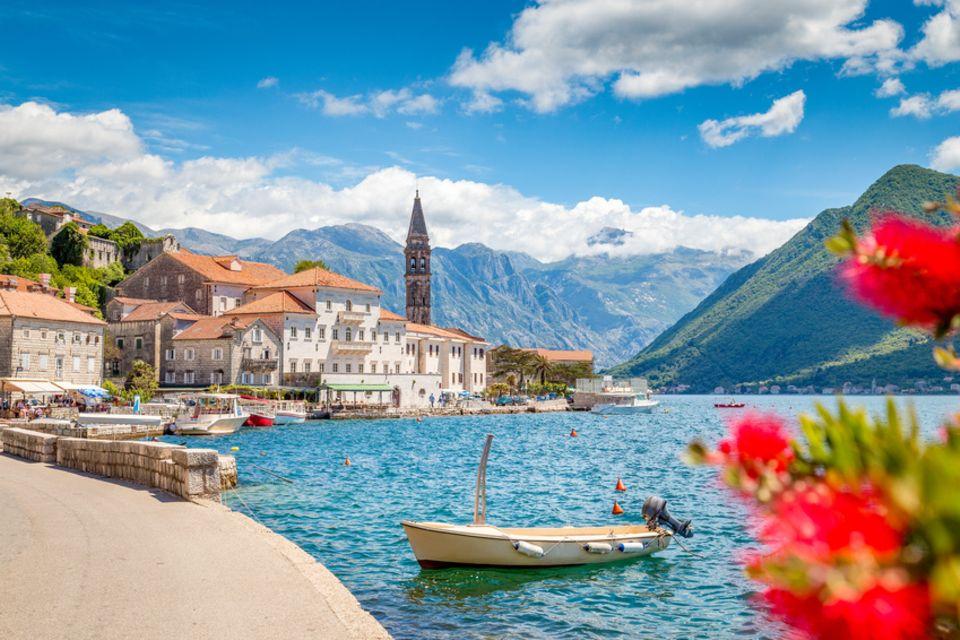
Montenegro - A country between waves and clouds
